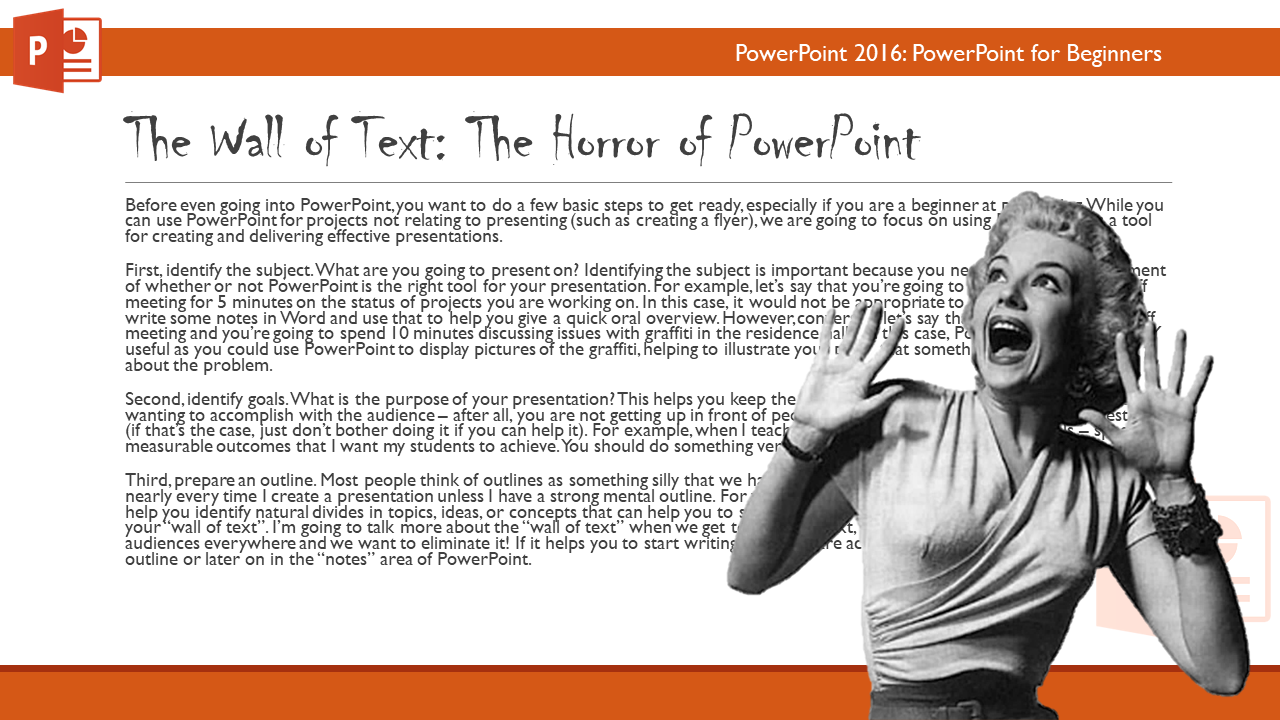Ryan J. Rushing
Instructional Design Approach

I employ the familiar ADDIE (analyze, design, develop, implement, evaluate) approach. It is important to establish the goals of the project first. Many clients, once asked in more detail about requirements, need assistance in reaching measurable and meaningful learning outcomes. It is also critical to establish who the audience is. Subgroups may actually have different learning needs (e.g. staff with difficulties with reading comprehension, or groups not actually needing whole sections of the training). This can be remedied in an eLearning environment by allowing employees to make choices that impact the presentation of the material. I like to create an outline of the proposed project, create a storyboard, and drafts. Approval from the key stakeholders are sought at each of these steps - formative feedback is very important to me. Depending on the timeframe, pilot testing is also a very useful tool in ensuring that the training performs as expected.
For adult learners in particular, it is important to make sure that learners are properly motivated before engaging with instructional material. The key thing is relevance - if a learner does not see a training as relevant, they will become very disengaged and perhaps even plaintive about having to complete learning tasks. Ensuring that the training is appropriate and relevant is a good start. Motivation can further be increased through creativity. Nobody really wants to click through PowerPoint slides that are just dreaded walls of text (see left where I illustrate this in one of my classes to dramatic effect).
Here are some of the distinct design choices I usually make, based on adult learning theory, principles of multimedia learning, and others.
- Bright, welcoming colors
- Informal, casual language (especially use of second person)
- Avoid use of images or decorations that do not serve a learning purpose
- Organize textual information to provide clarity
- Demonstrate importance/relevance of training if not evident (before or during)
- Utilize closed captioning and other accessibility features provided by authoring tools
- Minimize amount of visual information presented when there is also audio communication
- Be inclusive and think of marginalized or underrepresented populations during design
Copyright © 2021 Ryan J. Rushing. All rights reserved. Work samples are property of the respective client and/or myself.